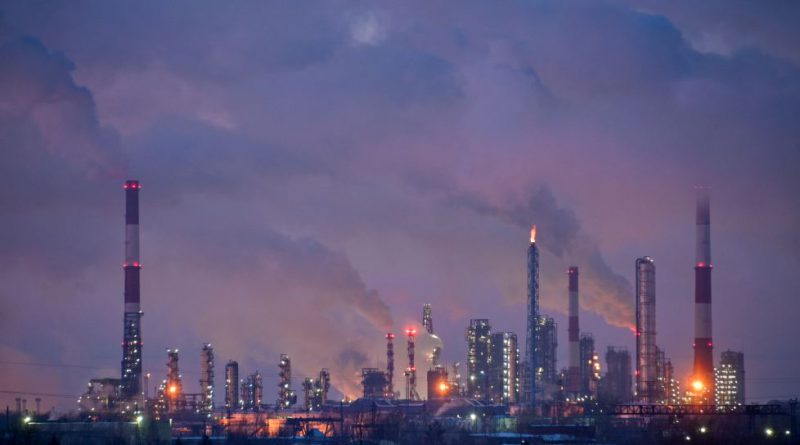India and China snap up Russian oil in April above ‘price cap’
Moscow (Reuters) – India and China have snapped up the vast majority of Russian oil so far in April at prices above the Western price cap of $60 per barrel, according to traders and Reuters calculations.
That means the Kremlin is enjoying stronger revenues despite the West’s attempts to curb funds for Russia’s military operations in Ukraine.
A G7 source told Reuters on Monday the Western price cap would remain unchanged for now, despite pressure from some European Union countries, such as Poland, to lower the cap to increase pressure on Moscow.
The advocates of the cap say it reduces revenues for Russia while allowing oil to flow, but its opponents say it is too soft to force Russia to backtrack on its activities in Ukraine.
The latest data from Refinitiv Eikon suggest Russian Urals oil cargoes that loaded in the first half of April are mostly heading to India’s and China’s ports.
India accounts for more than 70% of the seaborne supplies of the grade so far this month and China for about 20%, Reuters calculations show.
Meanwhile, lower freight rates and smaller discounts for Urals against global benchmarks nudged the daily price of the grade back above the cap earlier in April from a period of trading below.
India and China have not agreed to abide by the price cap, but the West had hoped the threat of sanctions might deter traders from helping those countries buy oil above the cap.
A G7 price cap coalition official said the sytem was working. “We recognize that as markets evolve there will be fluctuations of the discounts that Russia receives relative to global market prices,” the official said on condition of anonymity. “But the prices Russia receives for its oil remain well below those earned by other producers, which reflects the effects of the global sanctions regime.”
Average discounts for Urals were at $13 per barrel to dated Brent on a DES (delivered ex-ship) basis in Indian ports and $9 to ICE Brent in Chinese ports, according to traders, while shipping costs were $10.5 a barrel and $14 a barrel respectively for loadings from Baltic ports to India and China.
That means the Urals price on a free on board (FOB) basis in Baltic ports, allowing about $2 per barrel of additional transport costs, has been slightly above $60 per barrel so far in April, Reuters calculations show.
Shipping costs have come down significantly in recent weeks as Russian port ice conditions eased and more tankers became available.
Freight rates for Urals cargoes loading in Baltic ports for delivery to India have eased to $7.5-$7.6 million from $8-$8.1 million two weeks ago, two traders said.
The cost of tanker shipment from Baltic ports to China was $10 million, down from nearly $11 million a couple of weeks ago, they added.
During winter, freight costs for Urals cargoes jumped above $12 million for both India and China.
Lower freight costs suggest Russian oil suppliers have secured enough vessels even given long distances, the traders said.
Meanwhile, output cuts announced by the OPEC+ group of oil producers at the start of April have also boosted values for various grades around the world, including Urals.
Urals prices in Indian ports had traded at a discount of $14-$17 per barrel to dated Brent on a DES basis in March, while the price at Chinese ports was around $11 per barrel against ICE Brent.



